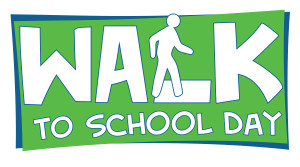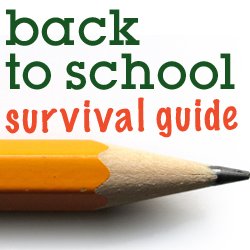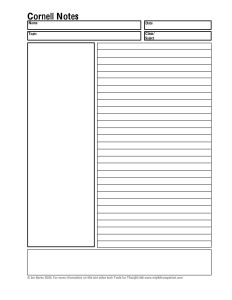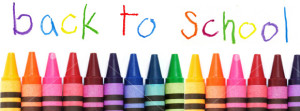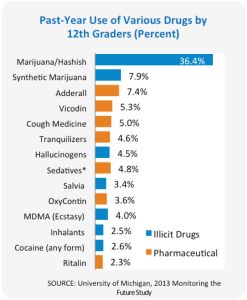Staying active, productive, and attentive in school can be a challenge. Whether you’re in high school, college, or middle school, there’s something that we all need to do to be successful in school: maintaining balanced lifestyle! Here are some tips that can help you survive your school year:
- Set your priorities on a list. What’s important to you while you’re in school is your grades. Although it doesn’t define your intelligence or who you are as a person, it does reflect on your commitment to academic achievement. List everything that you will be busy this year/semester. Is it your homework that you need to focus on? Or being able to take better notes? Or is doing a sport/club activity also important to you? See if you can determine what will impact you the most and what you have to focus on first.
- Balance your time on a calendar or using a reminder! Timing in school is very important; deadlines, due dates, & scheduled meetings. If you know you have a lot of things to do, make sure you set at least a week or a couple days to finish. The length of time will vary depending on how much work you need to do, whether it’s a solo or group project, and the type of project.
- Need help on homework? Don’t fear because you aren’t alone in this. You may be struggling in math or writing or reading but there are many experts and resources out there to help you. You can rely on your family members to tutor you, if not, there are tutor programs, and you can always turn to your peers/teachers/friends for extra help. Don’t feel like you have to take everything on your own because there are resources and people around you who are willing to help.
- Make a year end goal! What’s your goal by the end of the school year? What is it that you want to achieve or maintain? It doesn’t have to be a academic goal, it can be anything. Set a goal for yourself that you can achieve; joining a photography club, getting a internship, going to the gym/working out more during the school year, or volunteering for pet shelters. The main goal is to keep you motivated towards something positive throughout the year and to have something that you want to do.


